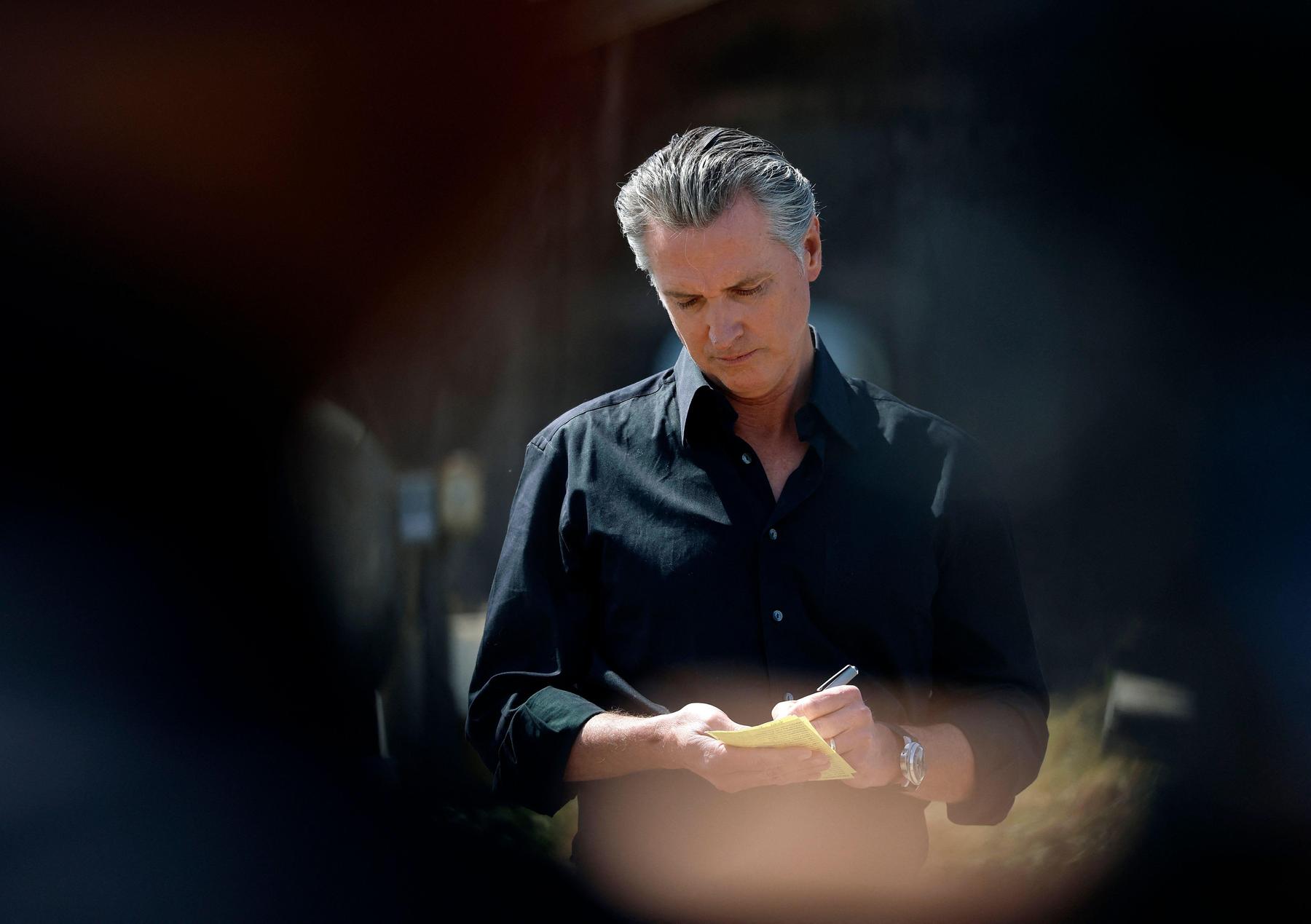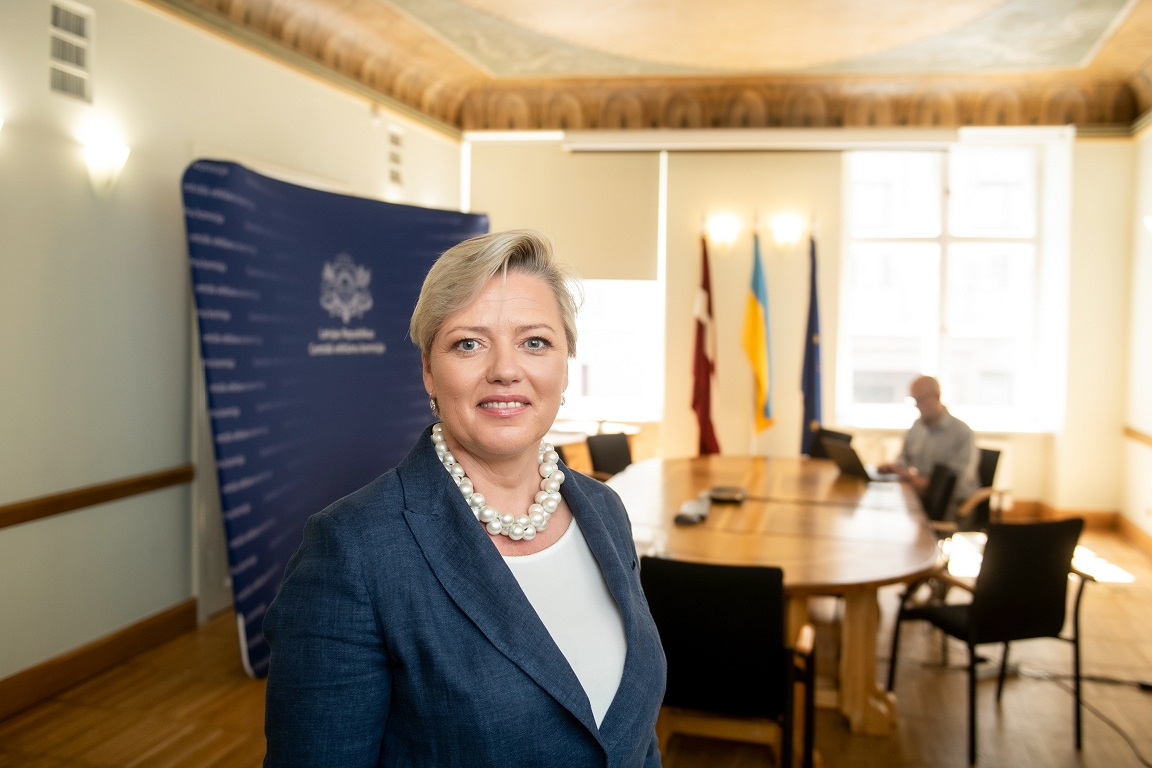Digital assistant accompanies at Sport – Diepresse.com

Sport keeps it healthy and increases the quality of life, so it should be accessible to everyone. But a visual impairment can make it difficult. A project with schools is looking for technical support.
Serve fitness equipment or take part in a gymnastics course in front of the screen – this is usually not a problem for young people. You can find out that it can be different as a young researcher in Project « Sensively active », By looking for solutions to shoulder with scientists who enable people who are visually impaired again. It is all the more as a loss of vision occurs in older age – a phase of life in which it is important to maintain mobility.
The young researchers also bring in expertise. Because the pupils of the Vienna Sportrealgymnasium Parhamerplatz support the scientists in determining needs, while the pupils of the HTLS Vienna Donaustadt and Rennweg (Upper Austria) help to develop technical solutions. « So that these not only work theoretically, but also practically, those affected and their relatives as well as friends and nurses also work – as so -called Citizen Scientists, » explains Project manager Arnold Baca from the Institute for Sports and Movement Science of University of Vienna. By testing the participants and giving feedback, they shape the solutions.
Robot and audio instead of video
The project started in January 2025 with a sensitization phase. The students got to know the living conditions of those affected to collect ideas for the planning of assistance systems together. It was shown that mainly alternatives to the video are needed, which is unsuitable for visual impaired people.
A logical consequence is the focus on language. Why an project team develops an auditory assistant who conveys the exercise instructions – clearly structured and intuitive. In a further approach, a small humanoid robot takes on the role of the trainer. It not only shows body poses, but also makes it talentable. If you touch your joints, you can understand the correct attitude for certain exercises.
The third project is based on computer vision, an area of computer science in which software is trained to « understand » pictures or videos. With the help of cameras and artificial intelligence, body poses can also be recognized. The computer observes the exercise execution and gives users auditory feedback in real time.
A voice -controlled finger
Last but not least, the researchers also work on a mechanism that makes digital fitness equipment for blind people. The solution is a mechanical finger that presses the right buttons on the display voice -controlled to set the desired program.
The open research design is based on the Sparkling science program the Agency for Education and Internationalization (OEAD). From the inclusion of Citizen Scientists and educational institutions, you can expect not only new research results, but also to reduce social barriers. A platform for the imparting of movement partners for including sports offers is also being considered. The project runs until August 2026.
In numbers
3 percent People in Austria from the age of 15 (approx. 216,000 people) have problems seeing – despite glasses.
33 PaceT of the over 60 year olds are affected by permanent impairment. Visual problems predominate.
200,000 People In Austria, age -related macular degeneration (AMD) are affected.







